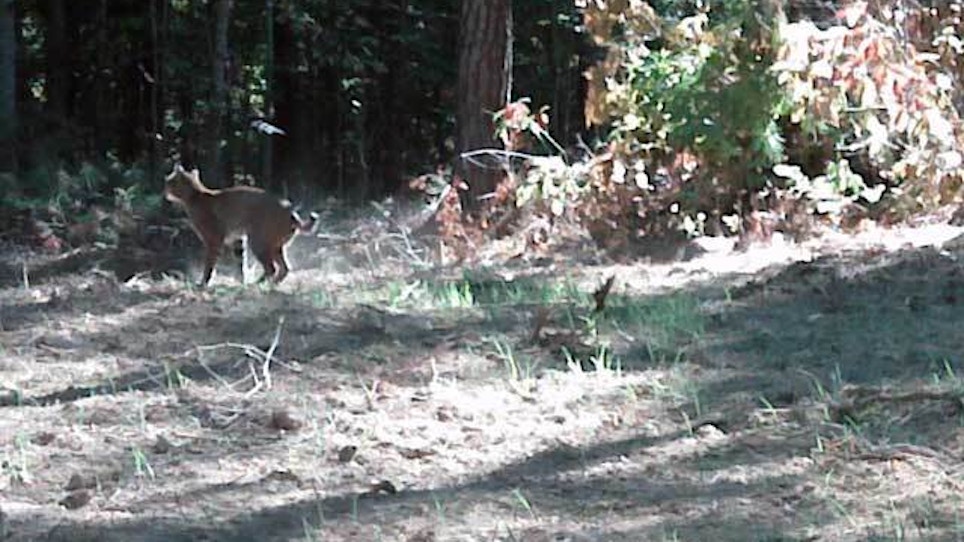MORGANTOWN, W.Va. (AP) — Bobcats are solitary and elusive animals, which makes them difficult to observe in the wild, West Virginia University researchers say.
A WVU research team evaluating the state's bobcat population needed a solution to the problem. They found one in DNA.
Researchers plan to collect DNA samples from bobcats across the state and use the genetic information to assess the population's size and health, WVU said in a news release.
“We are using ‘DNA fingerprints’ to not only estimate the population size, but to determine differences in abundance and distribution in the various regions of the state, and identify potential barriers to gene flow, the population's ability to move throughout the state,” Jim Anderson, a professor with WVU's Davis College of Agriculture, Natural Resources and Design, said in the release.
The findings will help the West Virginia Division of Natural Resources determine whether the bobcat trapping season should be reduced or expanded, and whether the annual three-bobcat trapping limit should be increased or reduced, Anderson said.
Samples of bobcat DNA will be collected by devices called hair-snares, which attract animals and obtain hair samples as the animals step over or walk by them. Dozens of these devices will be deployed across the state, in the same areas, for two years. Samples collected each year then will be compared to estimate the overall population's size, the university said.
“The genetic fingerprints constructed for population measure can also provide information on bobcat movements throughout the state,” Thomas Rounsville, a wildlife graduate student participating in the project, said in the release.
“These DNA fingerprints may have types unique to a particular region of West Virginia. A bobcat from Morgantown may look genetically different than one from Huntington. If the bobcats in Weston have DNA fingerprints that look like a combination of the two, then there have to be bobcats moving between the two areas.”
Analysis of the DNA samples will be combined with other data to develop an assessment of the population and its overall health. The other data, age, diet and reproductive, will be collected from carcasses provided by hunters.
The Division of Natural Resources awarded a $270,000 grant for the study.






